Laptop Mag Verdict
Twelve Minutes is a powerful, one-of-a-kind interactive thriller that sticks with you. If you can look past the clunky controls, this is an awesome addition to Xbox Game Pass that is over all too soon.
Pros
- +
Gripping story
- +
Fantastic performances
- +
Unique visual style
- +
Looping and learning is addictive, but...
Cons
- -
...can feel repetitive at times
- -
Clunky point-and-click controls
- -
Short
Why you can trust Laptop Mag
Created by Luis Antonio, Twelve Minutes is a point-and-click thriller with a simple premise — a man trapped in a time loop and does everything possible to prevent his wife from being arrested (or worse). As the story unravels, you’ll find that the unexpectedly shocking plot would leave even legends like Kubrick and Hitchcock applauding.
Better yet, the Hollywood cast of Daisy Ridley, James Mcavoy and Willem Dafoe help bring an impressive level of polish to this passion project, which has been seven years in the making..
Does it live up to the hype? Let’s find out.
Stuck in a violent Groundhog Day
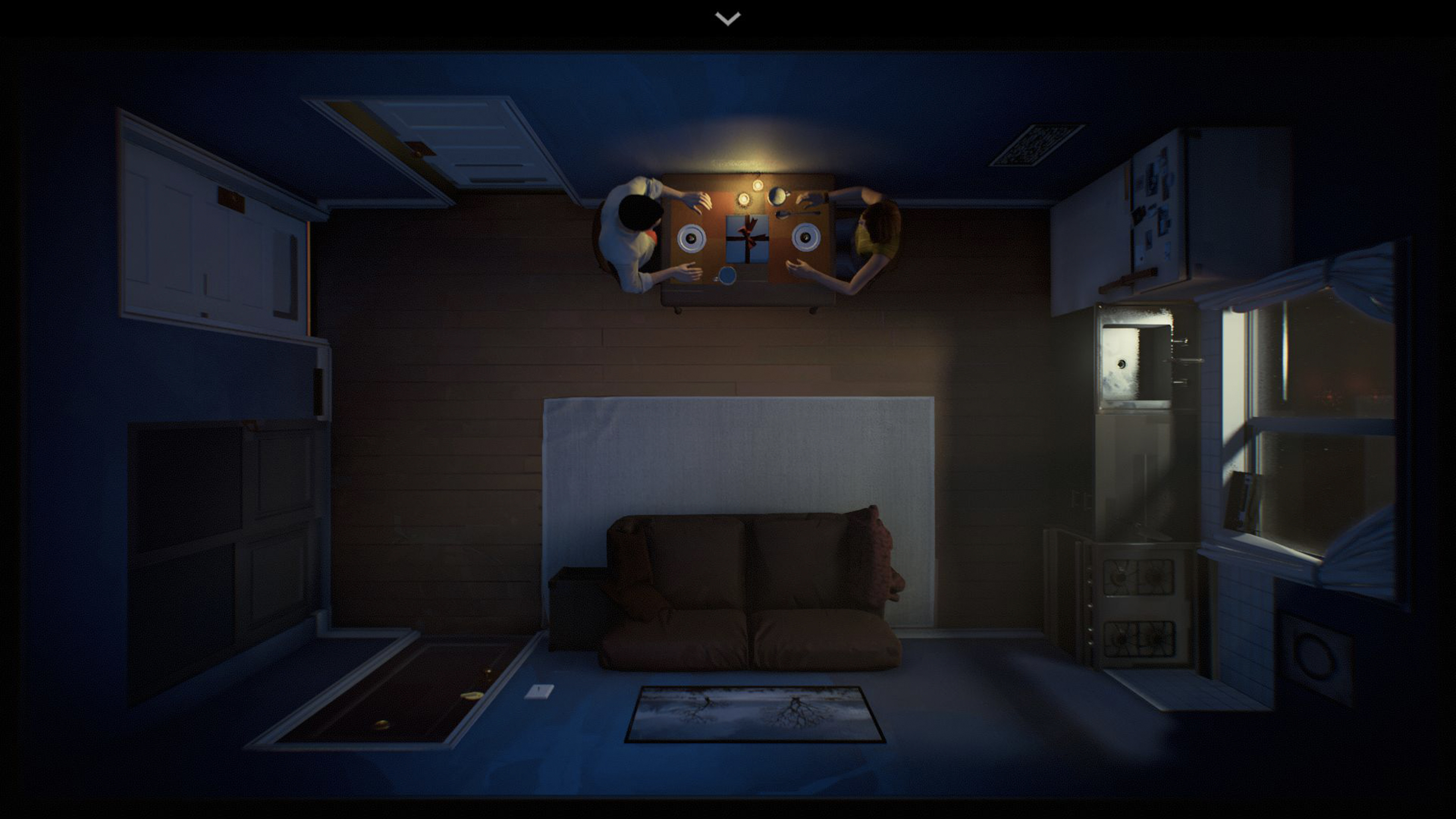
On the face of it, as we’ve already mentioned, Twelve Minutes has an easy-to-grasp story at the beginning. You are a man trapped in a time loop that lasts for (yep, you guessed it) 12 minutes. This loop involves you having a romantic evening with your wife, which is interrupted by a cop who accuses your wife of murder. Each loop gives you the chance to do things differently and impact the outcome of what happens.
As you would expect from any thriller, all is not what it seems and every twist and turn of the story consists of eye-opening discoveries and gut-wrenching reveals. One thing is for sure: much like in the classics Luis takes inspiration from (like Memento and The Shining), you won’t see any of these twists coming.
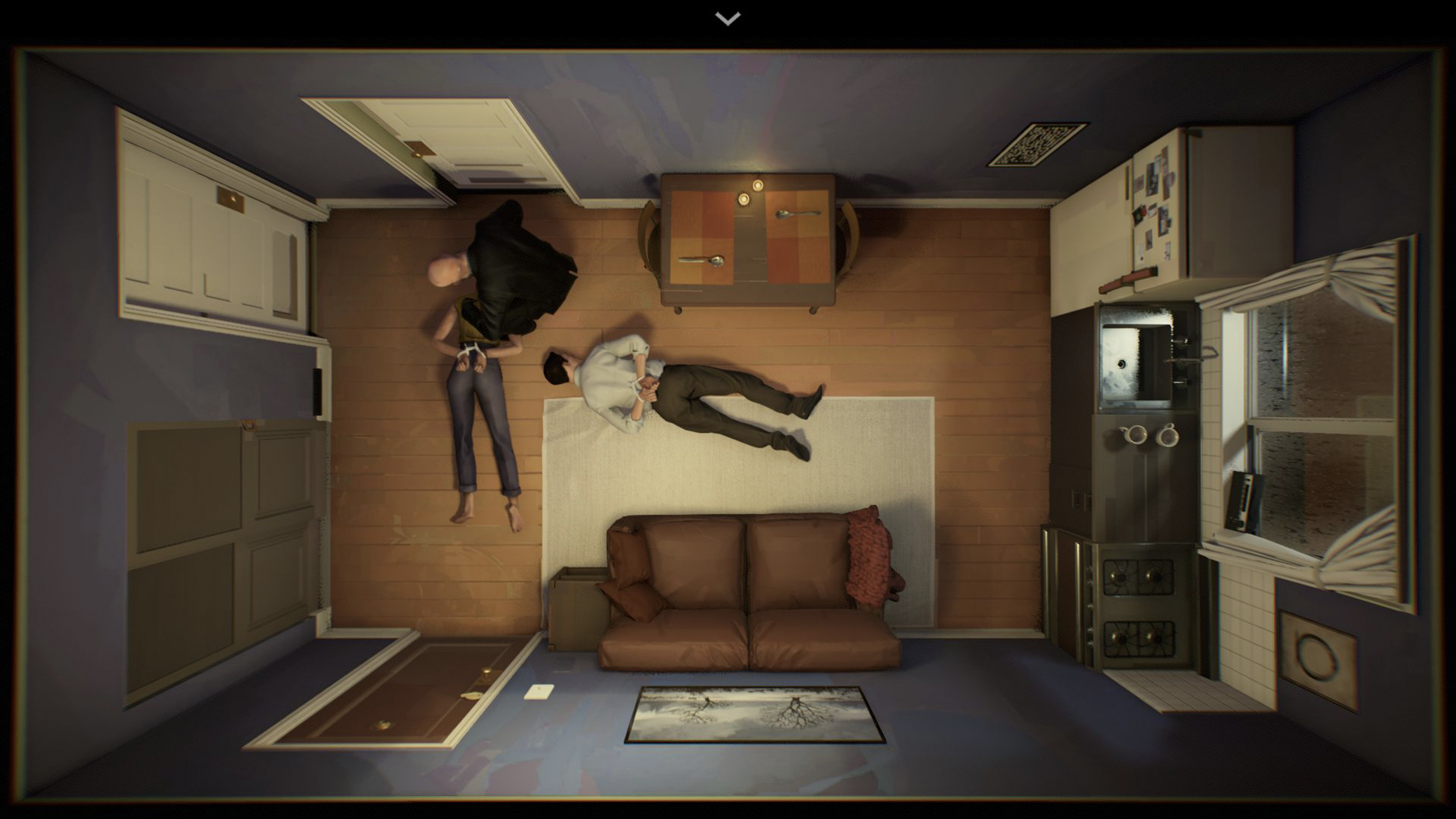
And this impressive, thoroughly detailed plot is delivered by incredible performances from the cast. The blend of believable dialogue and true-to-life motion capture makes everything feel human, no matter how dire the outcomes.
Underpinned by a unique, highly polished visual style and soundtrack that punctuates each beat of the story with an evocative drama, the whole formula makes for a game that is very hard to put down until you reach the end credits.
Looper de looper
Much like the story, the gameplay is deceptively simple — it is a point-and-click mystery with dialogue trees and an inventory all within the claustrophobic surroundings of a one-bedroom apartment.
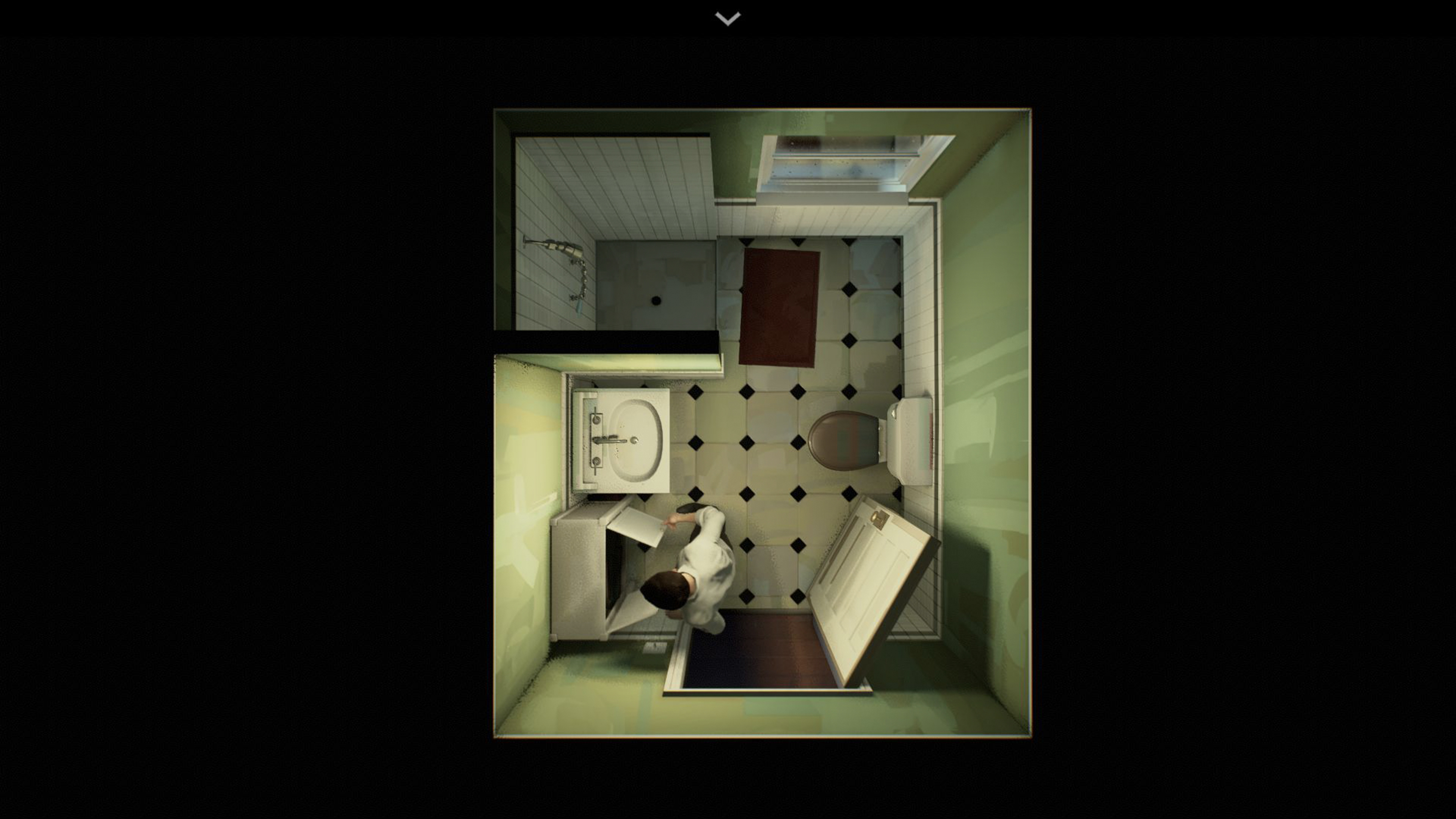
The magic comes in the loop-based experimentation and the level of freedom granted to you as the player. Any time you find yourself asking “can I do this?” The answer is almost always “yes.” This human approach to choice exceeding the standard logic tree formulaic approach of other games would not be possible in a larger setting.
Sometimes the loops go well. You stumble across a soft, heartwarming moment delivered with expert emotional precision by the acting duo of Ridley and McAvoy, which leads to a nugget of a clue.
But in that same vein, it can all go so wrong and the consequences can be harrowing. That freedom to do what you want can take you down some immensely dark paths, which you eventually wander because Twelve Minutes encourages trying everything.
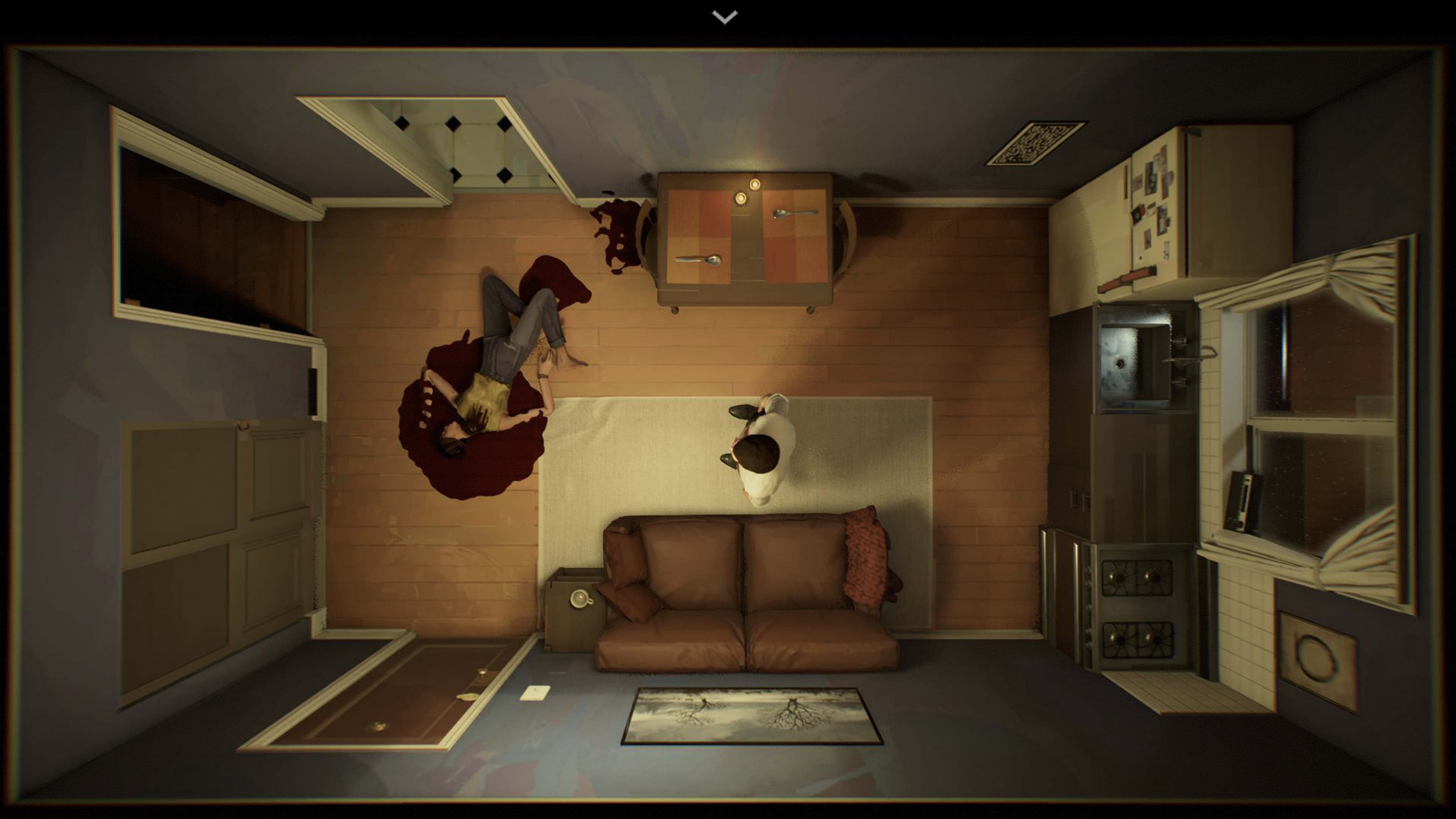
Whatever happens in the end, you’ll learn something — whether it’s finding a key item, a certain line of dialogue, or even a path that results in failure, you take what you learn and put it all together to take you to the next big reveal.
The sense of accomplishment in watching these play out is great and proves Luis is onto something with this recipe. I’d just love to see more of it, as you can reach the credits quite quickly.
In a memento…
Of course, channeling a classic format like this does come with problems. Namely, with a controller; there’s no getting around how clunky it feels. With a mouse, the game plays great, but you are slowed down considerably with an analogue stick.
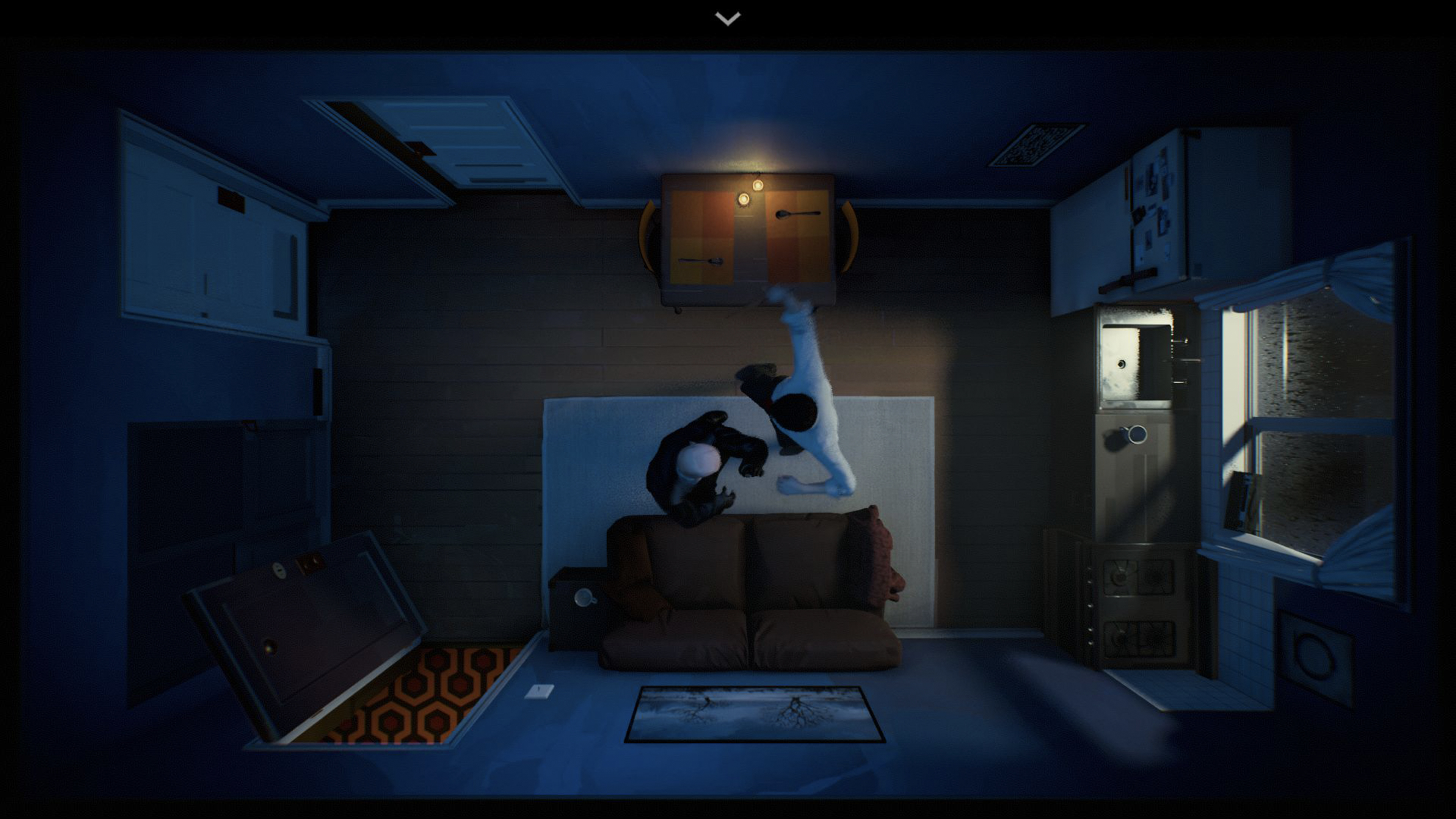
Not only that, but the mystique of Twelve Minutes can work against the playability at times. For example, ways to skip forward in time or reset the loop are built into the game itself.
At first, they seem quite clever. You memorize a list of things to do to get your desired outcome then lay on the bed to make time pass once you’ve completed them all. Or if you mess up, you can walk out the front door and reset the loop. But eventually, the sheen wears off and the investment needed to get to scenes you’ve repeatedly attempted starts to get annoying.
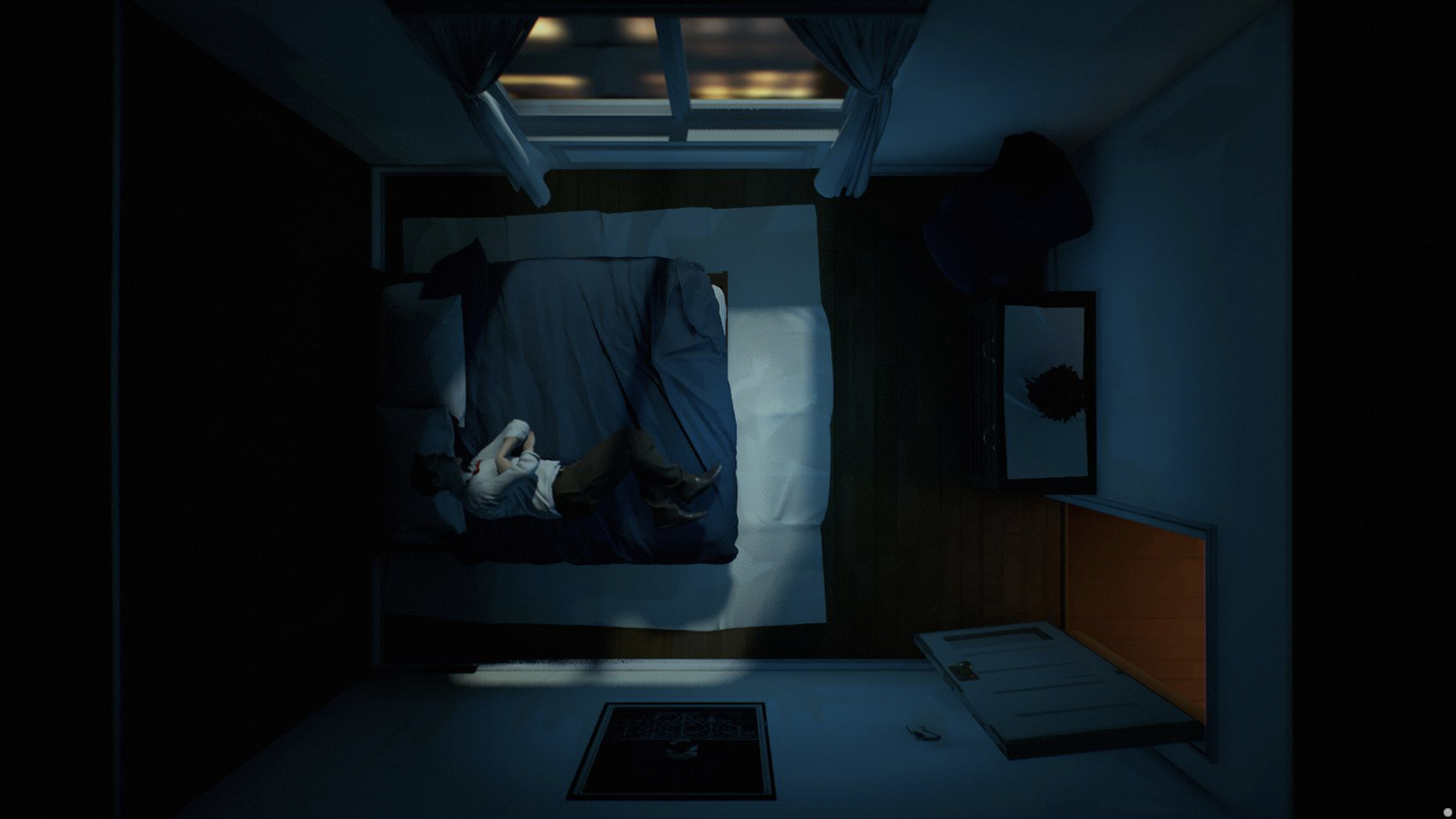
Sure, shortcuts to certain parts become available through new opportunities and dialogue options, but I’d love to see some automation to bypass some of the laborious repetition. That will help the gameplay get out of the way of the story, rather than making bigger moments feel like checkbox exercises.
I can appreciate the desire to make this all feel like part of the lore and I’m sure some people will praise this all-encompassing approach to gameplay. But sometimes a game needs to be a game and give you clear options to repeat loops if you slip up, jump back to key points, and not take your time for granted — especially in the final few scenes when the patience for following a complex list of actions can wear thin.
Bottom line
You can feel the passion in this project — kicking around in Luis’ head and becoming a reality over the course of several years since the prototype in 2015.
The result is an interactive thriller unlike anything you’ve played, for better and for worse. Twelve Minutes is an enthralling story with indie intrigue told through lofty AAA production values and brilliant performances from Ridley, McAvoy and Dafoe.
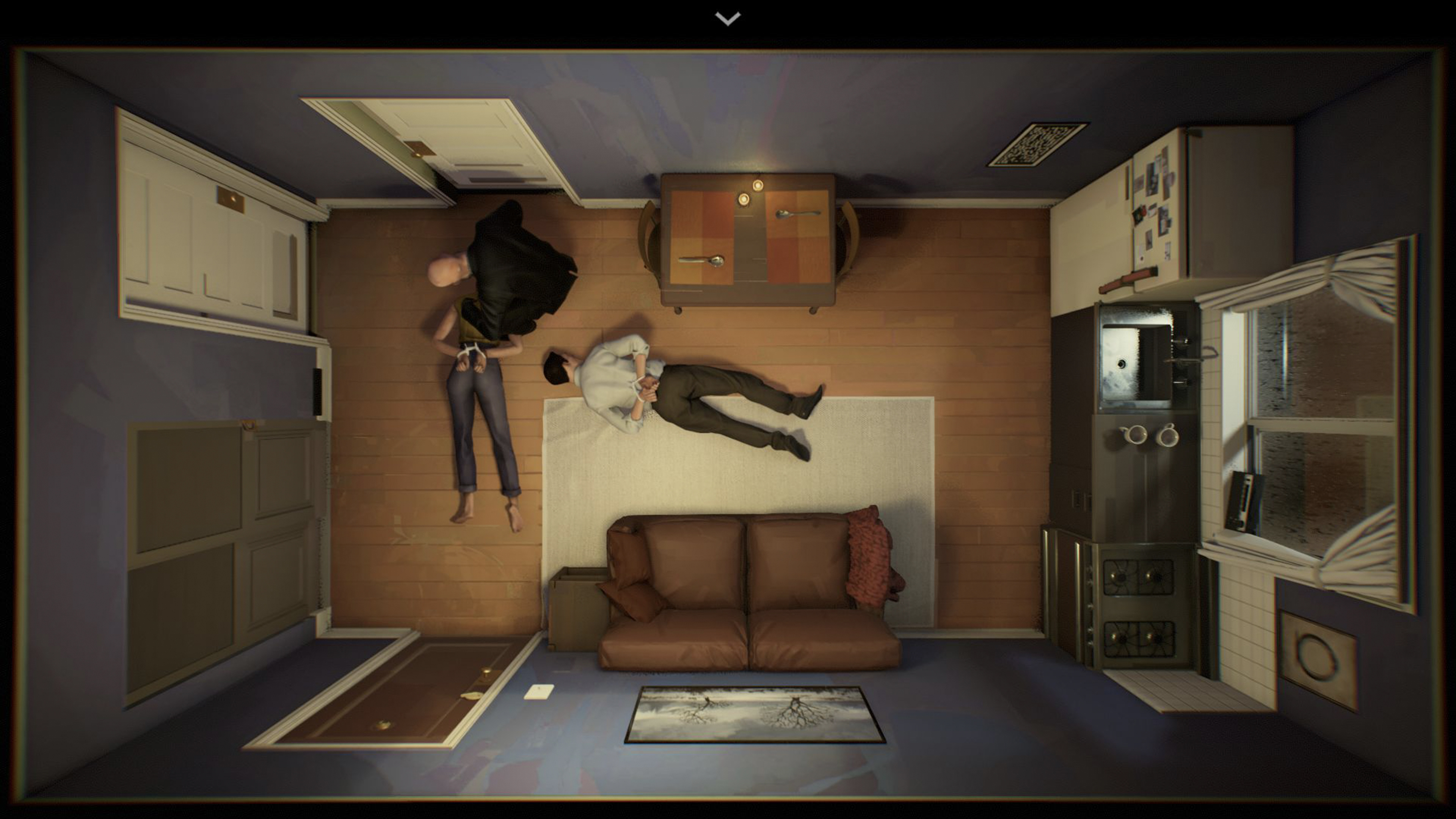
But this new and exciting experience is hampered by clunky controls and its own real-time looping construct. In these moments, the gameplay gets in the way and can feel a bit frustrating. Plus, in a bit of praise disguised as a complaint, it’s over all too soon. I’d love to see what the team cooks up by applying this formula to a variety of scenarios because this brief glimpse is short-lived.
Twelve Minutes isn’t for everyone, but fans of the genre are in for an unforgettable treat.

Jason brought a decade of tech and gaming journalism experience to his role as a writer at Laptop Mag, and he is now the Managing Editor of Computing at Tom's Guide. He takes a particular interest in writing articles and creating videos about laptops, headphones and games. He has previously written for Kotaku, Stuff and BBC Science Focus. In his spare time, you'll find Jason looking for good dogs to pet or thinking about eating pizza if he isn't already.

